
Culture
21:57, 10-Oct-2018
'Royal Tailor': The man behind the classic Sun Yat-sen suit
Updated
21:49, 13-Oct-2018
CGTN
03:54
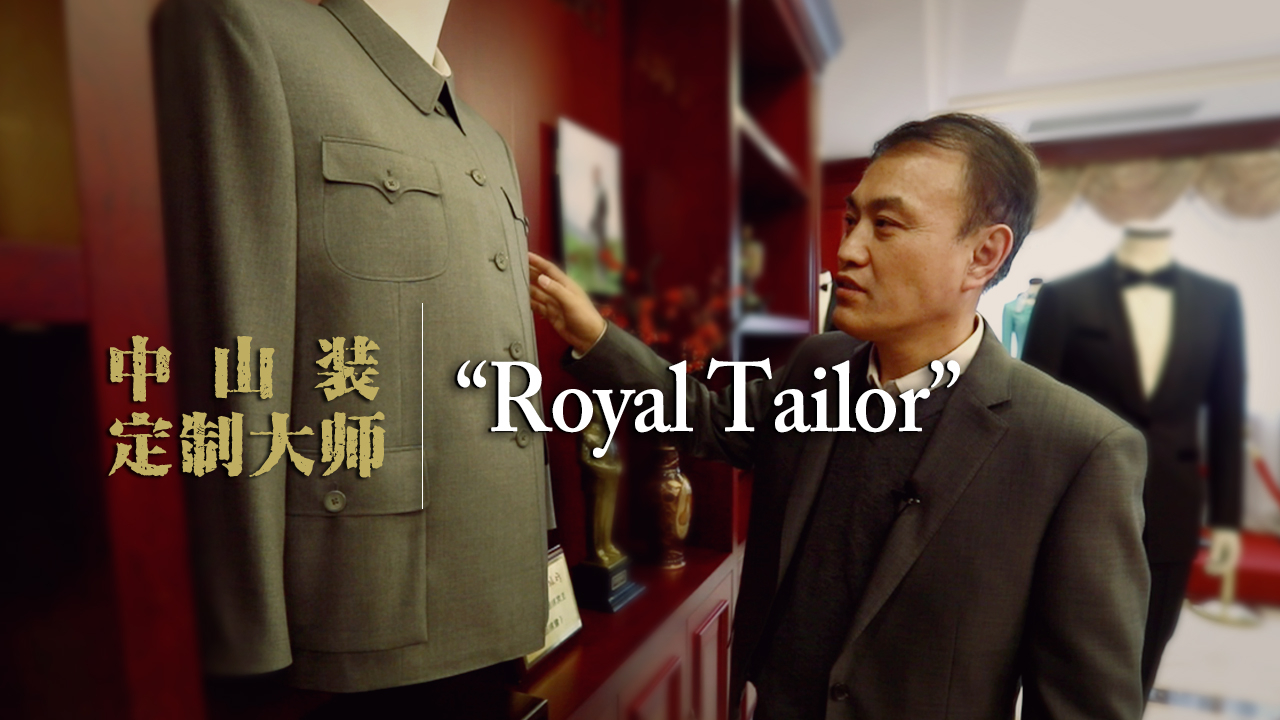
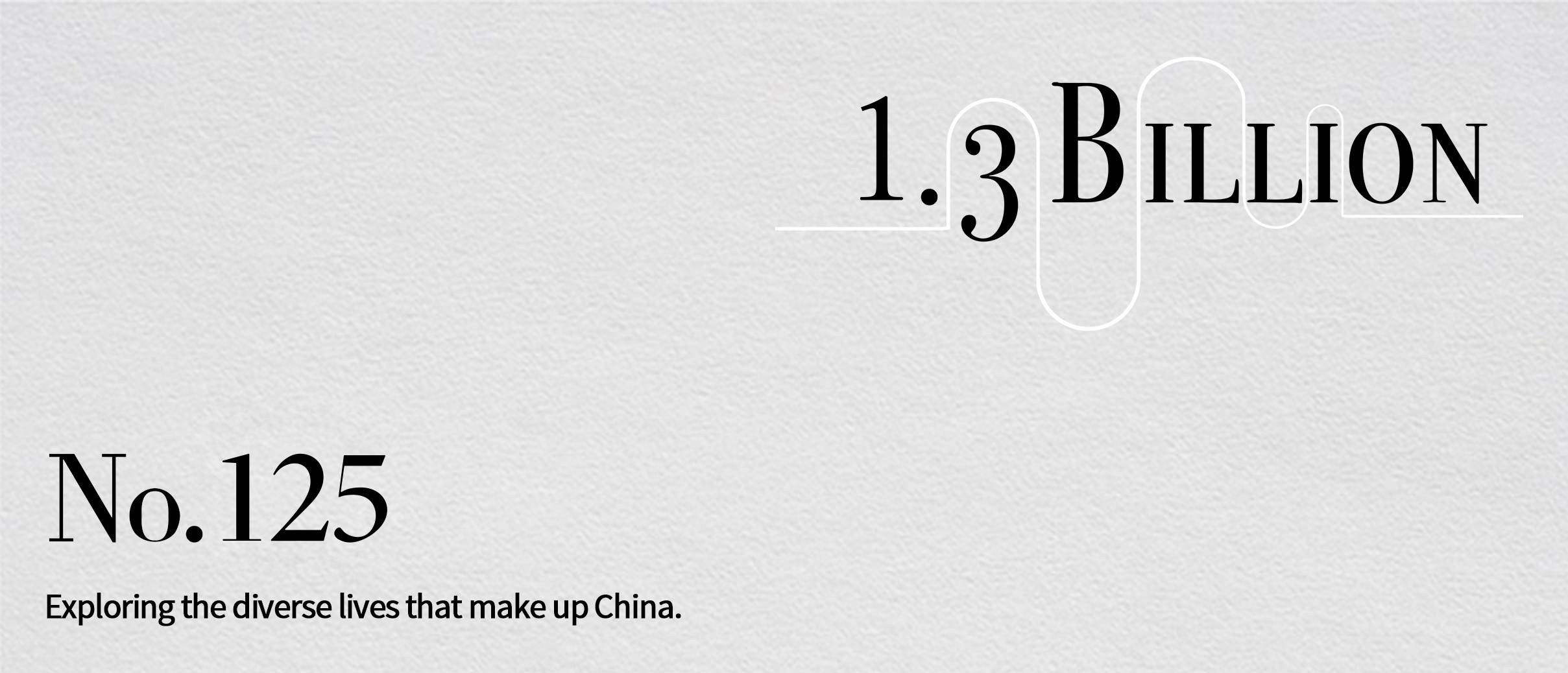
CGTN Photo
CGTN Photo
Famous for making the Sun Yat-sen suit, sometimes called the Mao suit, Gao Liming is one of the best tailors in China.
The suit has become one of the country's cultural icons since the establishment of the Republic of China in 1912. Gao's main customers are state leaders and diplomats, both domestic and foreign ones.
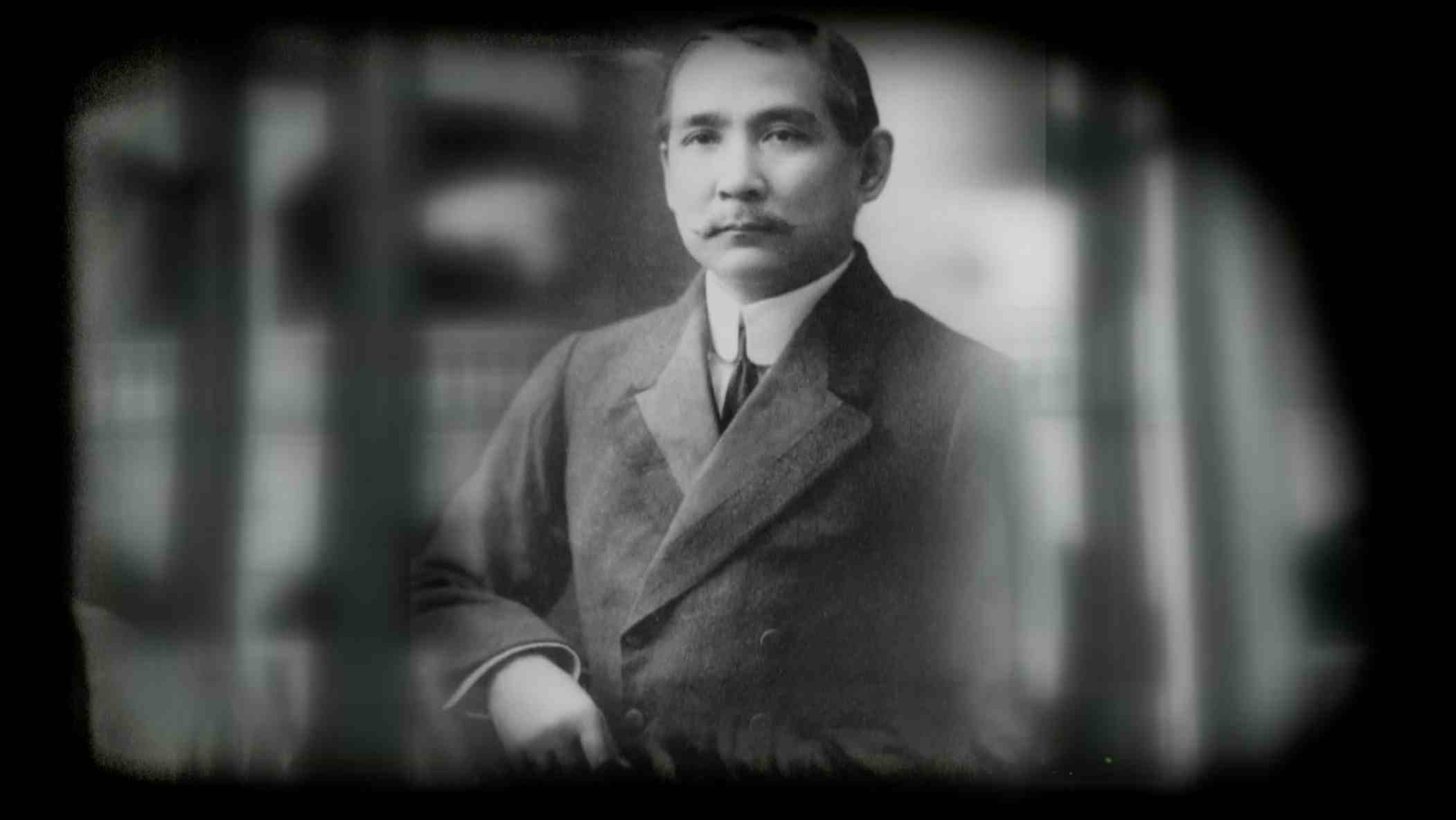
Sun Yat-sen, the founding father of the Republic of China.
Sun Yat-sen, the founding father of the Republic of China.
When Gao became an elevator operator in 1981, he knew absolutely nothing about tailoring.
At the company, he often saw Tian Atong, a legendary tailor who made Chairman Mao's burial suit.
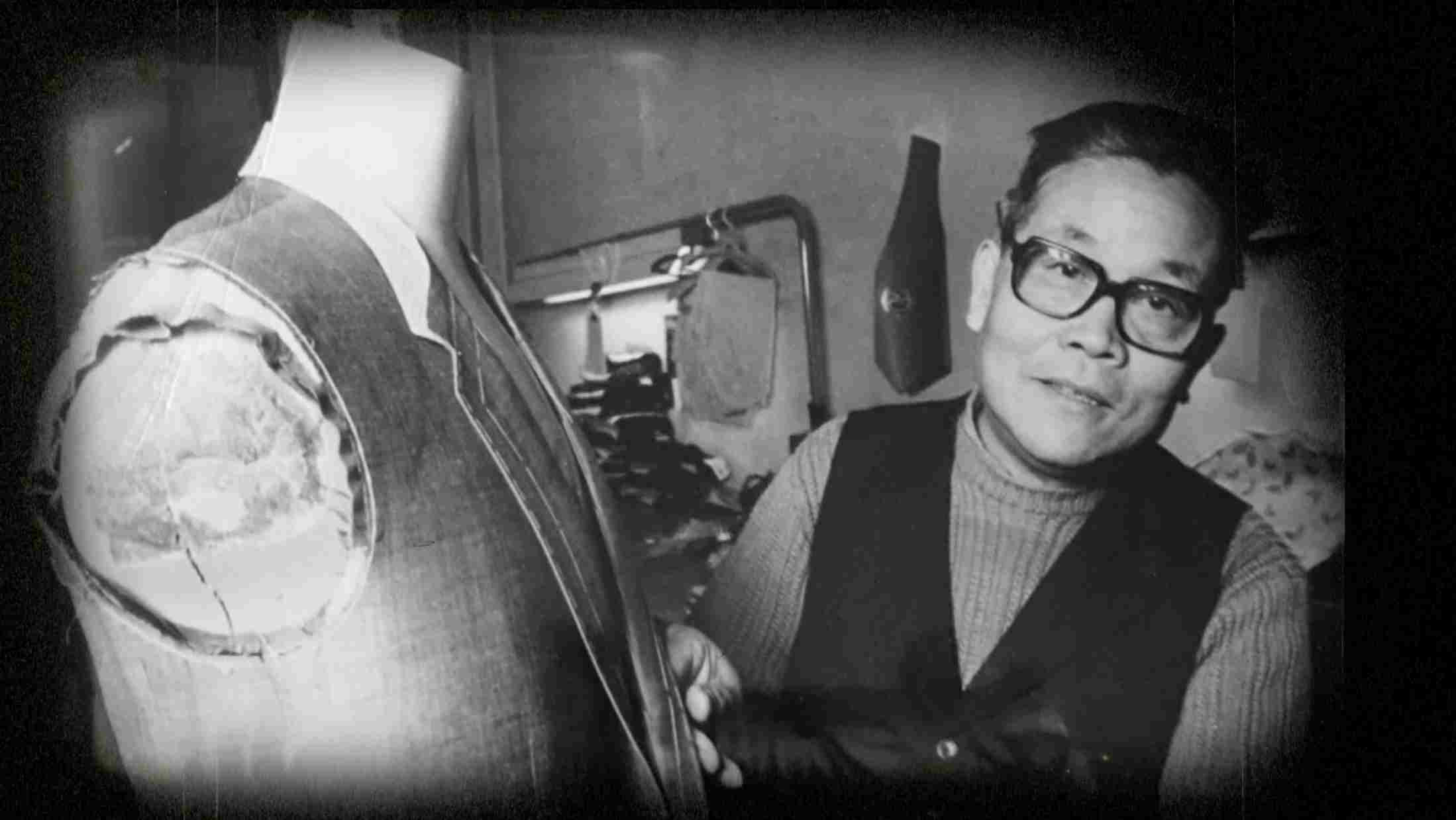
Tian Atong. /Photo courtesy of Gao Liming
Tian Atong. /Photo courtesy of Gao Liming
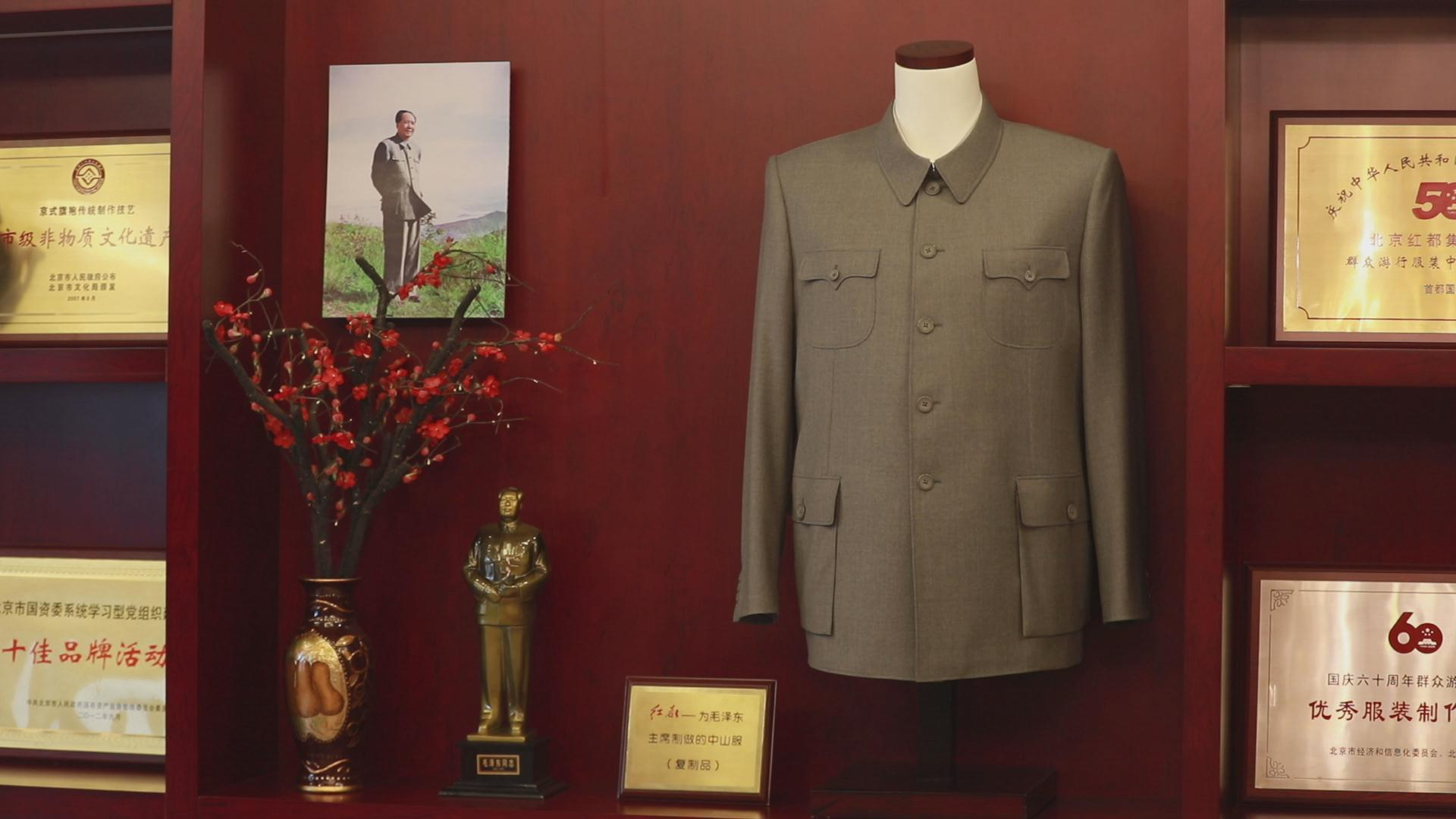
CGTN Photo
CGTN Photo
As time went by, Gao became interested in making the Mao suit himself. Willing to learn the techniques and inherit the fine tradition, he applied for a position at the tailor.
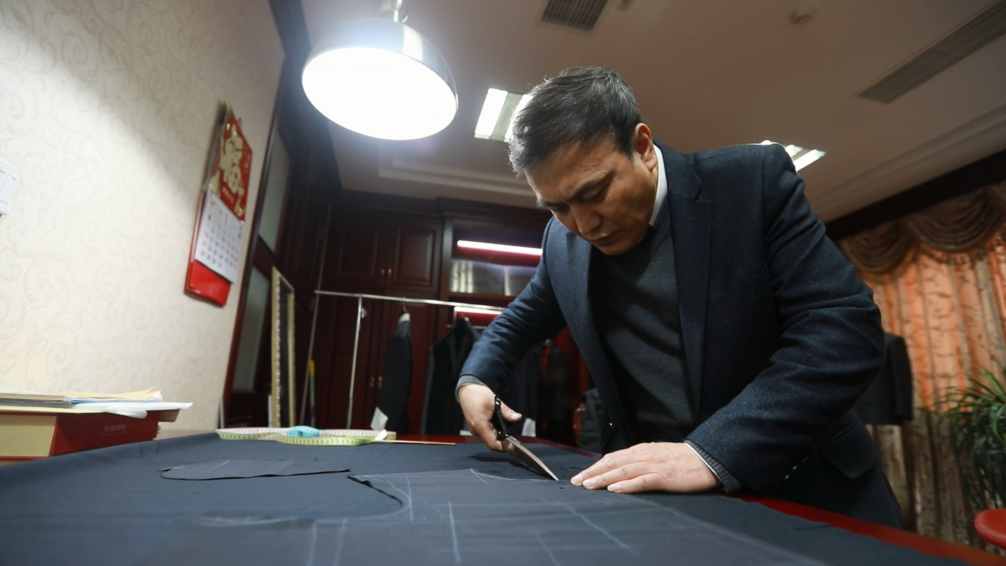
Gao Liming. /Photo by CGTN
Gao Liming. /Photo by CGTN
Unlike operating an elevator, garment producing pays on a piecework basis. As a total beginner, Gao could only work on the assembly line, gaining a much lower income. Nevertheless, he worked hard and learned from every opportunity he was given. His hard work paid off and he was selected as an apprentice to Tian in 1990. Step by step, he went from the most basic skills to the more advanced techniques of tailoring and designing.
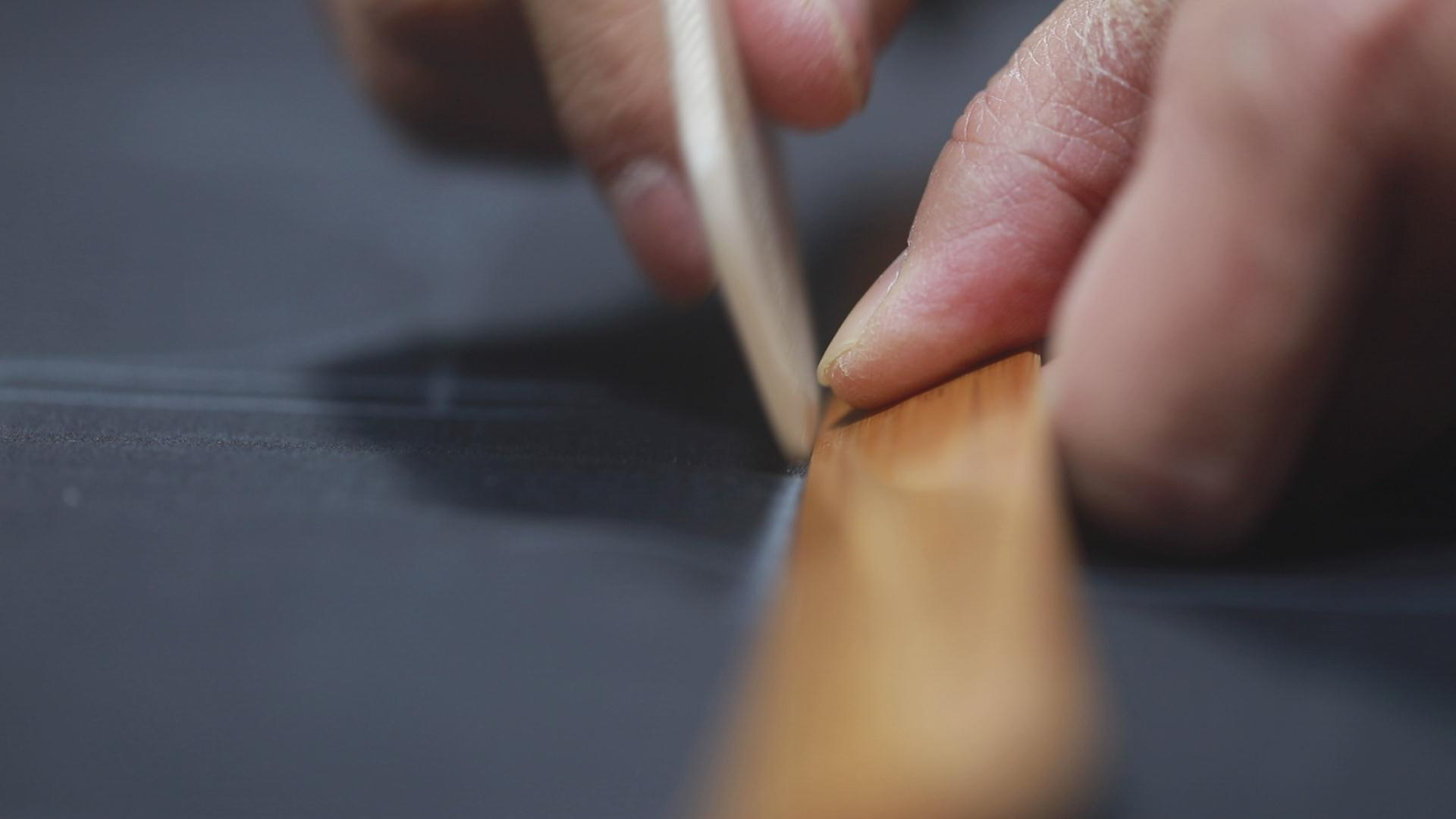
CGTN Photo
CGTN Photo
Taking note of his speedy development, Tian often brought him along when making suits for national leaders.
"The first time I took the measurement for a government official, I couldn't stop my hands from shaking. So I had to try once again," says Gao.
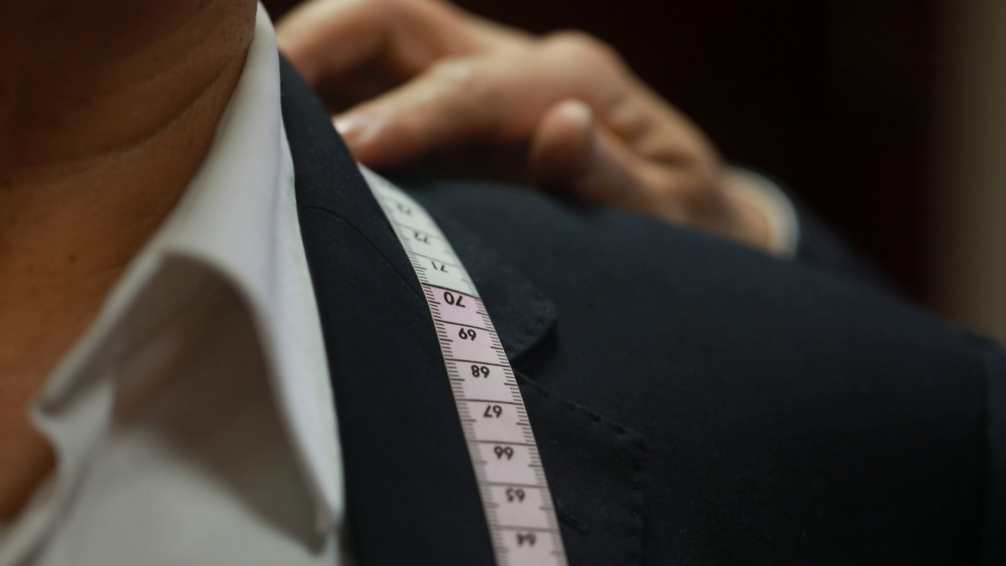
CGTN Photo
CGTN Photo
In addition to the tailor's measuring tape, Gao also measures with his eyes: "We observe the customer's appearance, postures and wearing habits." With years of experience, he can quickly pick out the best pattern and fabric for each customer.
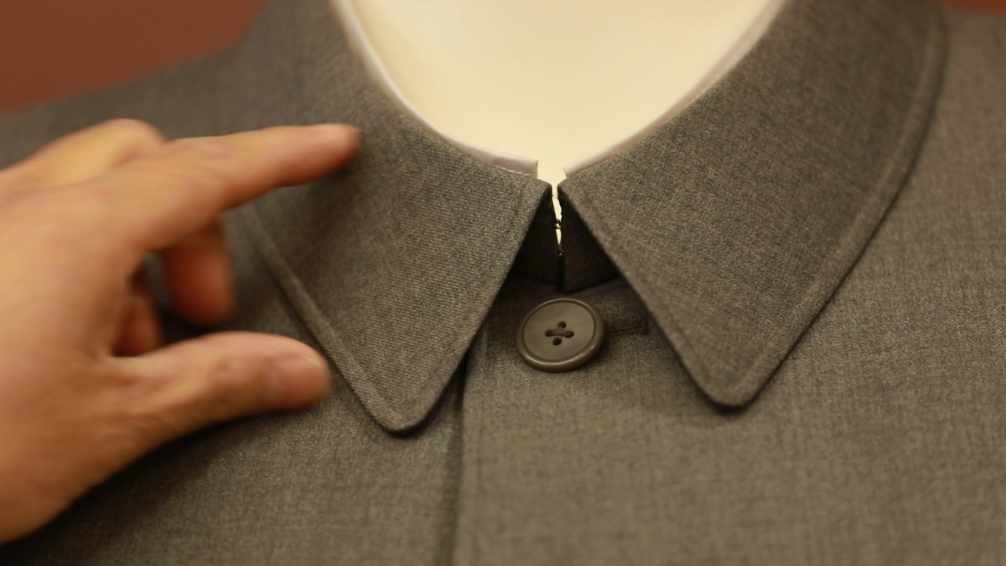
CGTN Photo
CGTN Photo
The cuffs and the collar are crucial in the design of a decent suit. In designing for Chairman Mao, Tian made the collar wide and pointed, to fit his face shape. Gao also alters the suit's details according to the leader's appearance, the occasions he'll wear it for, and the climate of the country he's visiting.
For example, collars must be specially designed to stay put, taking into account the time leaders spend waving during a military parade. Double layers are adopted for the pockets to make the suit neat and smooth so that the lower hem stays still at all times.
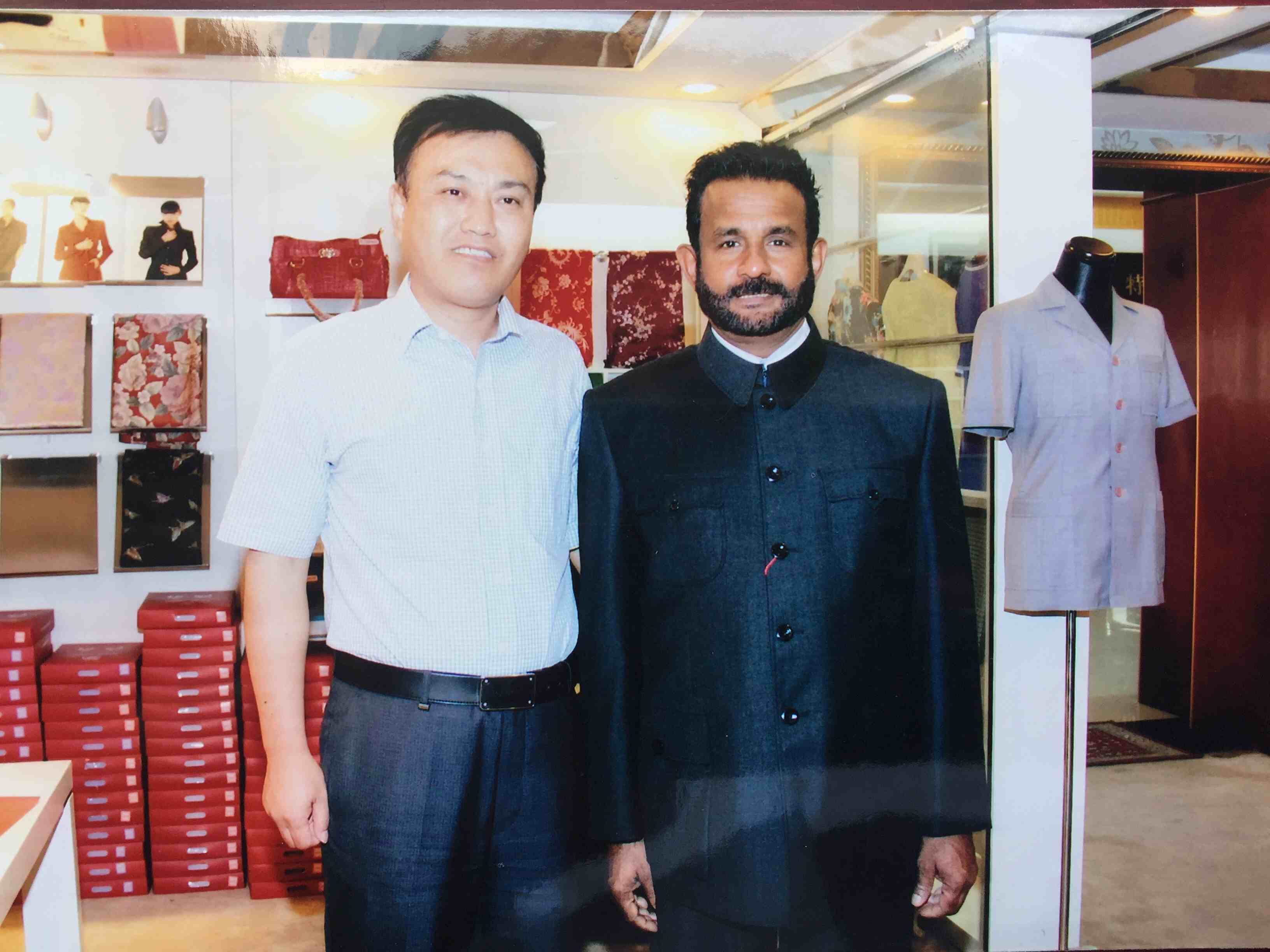
Gao Liming and Ambassador of Sri Lanka Beresthu Guruge Ranjith Uyangoda, Sept. 2013/ Photo courtesy of Gao Liming
Gao Liming and Ambassador of Sri Lanka Beresthu Guruge Ranjith Uyangoda, Sept. 2013/ Photo courtesy of Gao Liming
Gao's work has also won favor from foreign officials. In 2012, the then president of Malta said he liked the look of the Mao suit worn by the Chinese ambassador to Malta. On receiving the task of making a suit for the president, Gao and his colleagues faced a problem: they couldn't take the president's measurements as he wasn't in China. They had to examine his photos and estimate his body measurements. To everyone's surprise, the suit that was delivered to the president fit perfectly. The ambassador of Russia, the ambassador of Sri Lanka and many other foreign officials also had their Mao suits tailored by Gao.
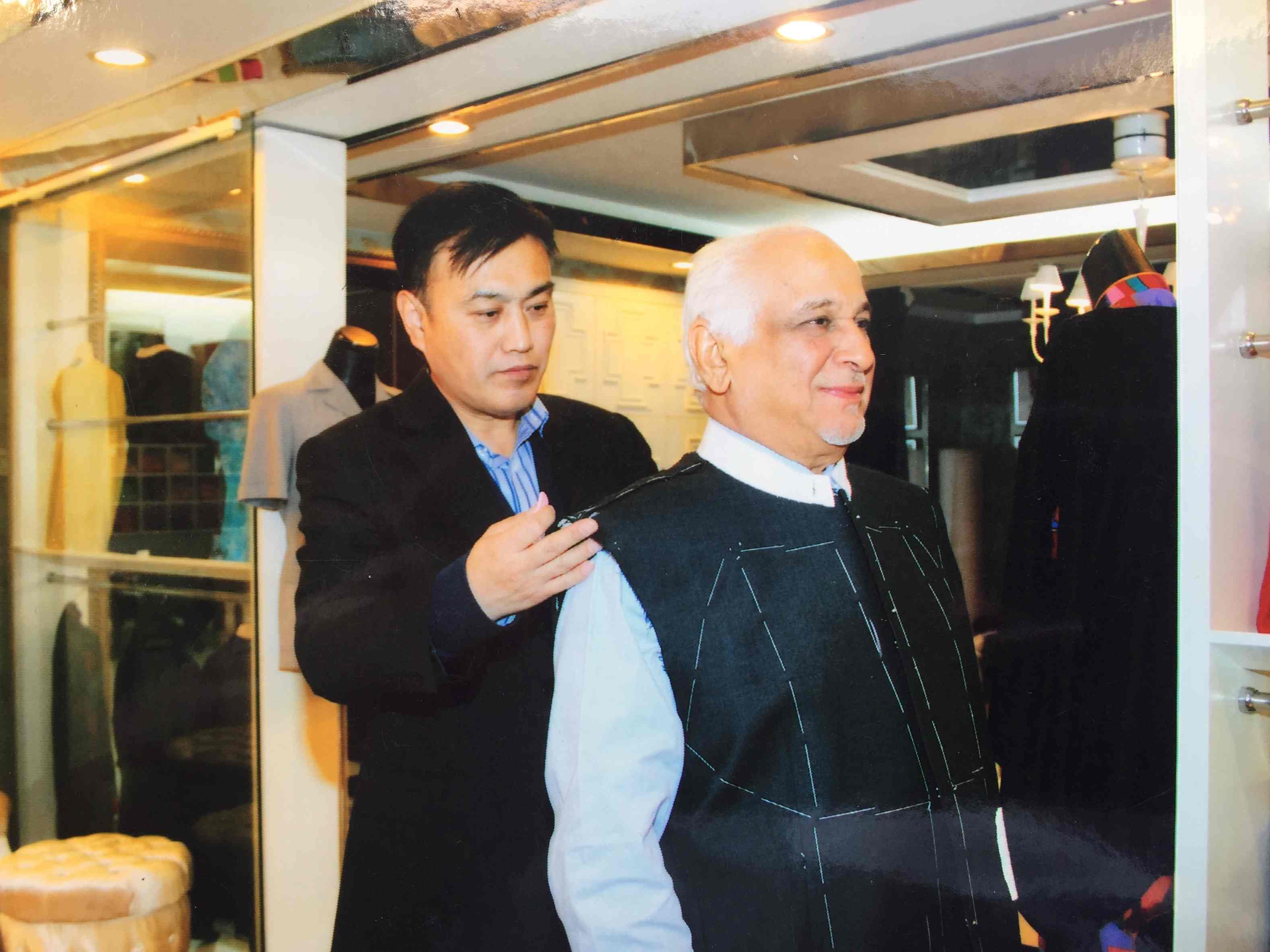
Gao Liming and Saudi Arabia's Ambassador to China Yahya A. S. Alzaid, Nov. 2013/ Photo courtesy of Gao Liming
Gao Liming and Saudi Arabia's Ambassador to China Yahya A. S. Alzaid, Nov. 2013/ Photo courtesy of Gao Liming
Since the 1990s, the company where Gao works began to receive orders from all sections of society. "Now that mechanized production has greatly improved our efficiency, we still need to alter the design manually under special circumstances." There was a customer whose legs were not symmetrical because of poliomyelitis. So Gao designed the two legs of the trousers separately.
"The design and the production sections are separated. The working environment has also changed greatly," says Gao. But he insists in guiding the workshops, integrating design and production work. For him, tailoring is an old skill that he inherited from his master, and it's worth being passed on to the new generations of tailors.
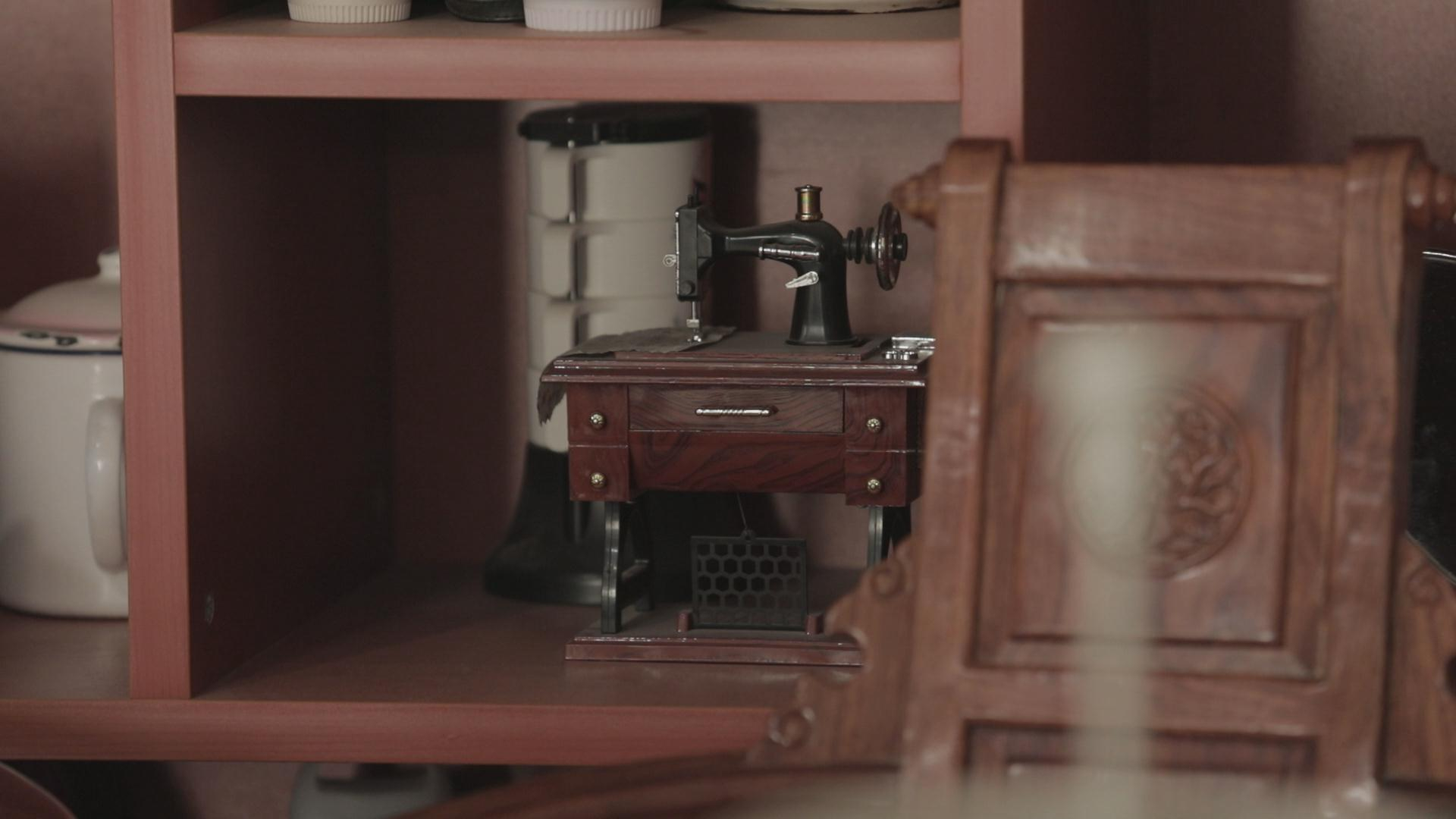
CGTN Photo
CGTN Photo
Director:Zhou Xin
Editor:Ma Mingyuan, Gao Xingzi
Filmed by: Wang Yusen
Designer:Li Yueyun
Article Written by: Zhu Siqi
Copy Editor:Melissa Chua, Xuyen Nguyen
Producer:Wen Yaru
Chief Editor:Liu Hui
Supervisor:Pang Xinhua
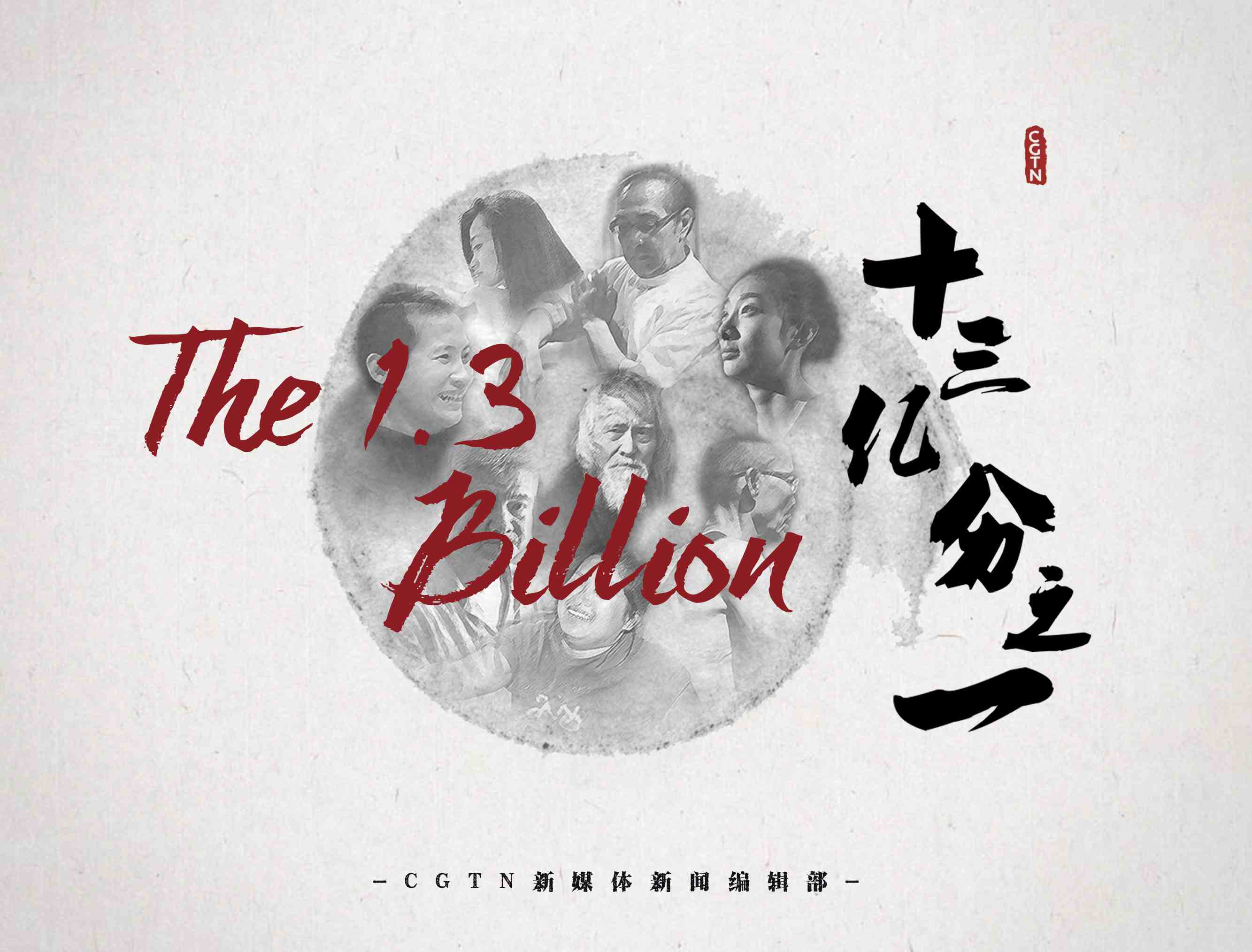
The story is one in The 1.3 Billion series exploring the diverse lives that make up China.
The story is one in The 1.3 Billion series exploring the diverse lives that make up China.

SITEMAP
Copyright © 2018 CGTN. Beijing ICP prepared NO.16065310-3
Copyright © 2018 CGTN. Beijing ICP prepared NO.16065310-3